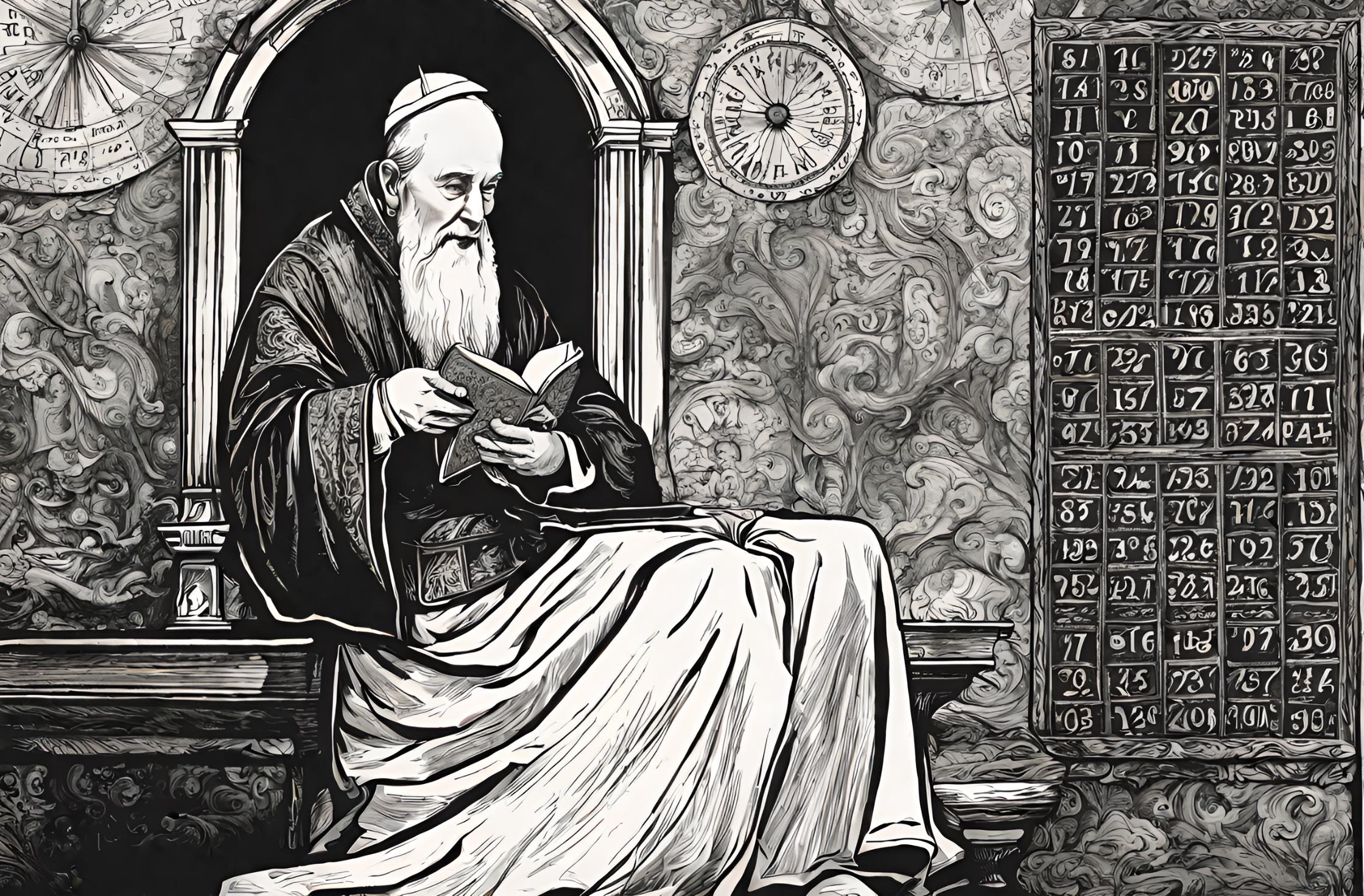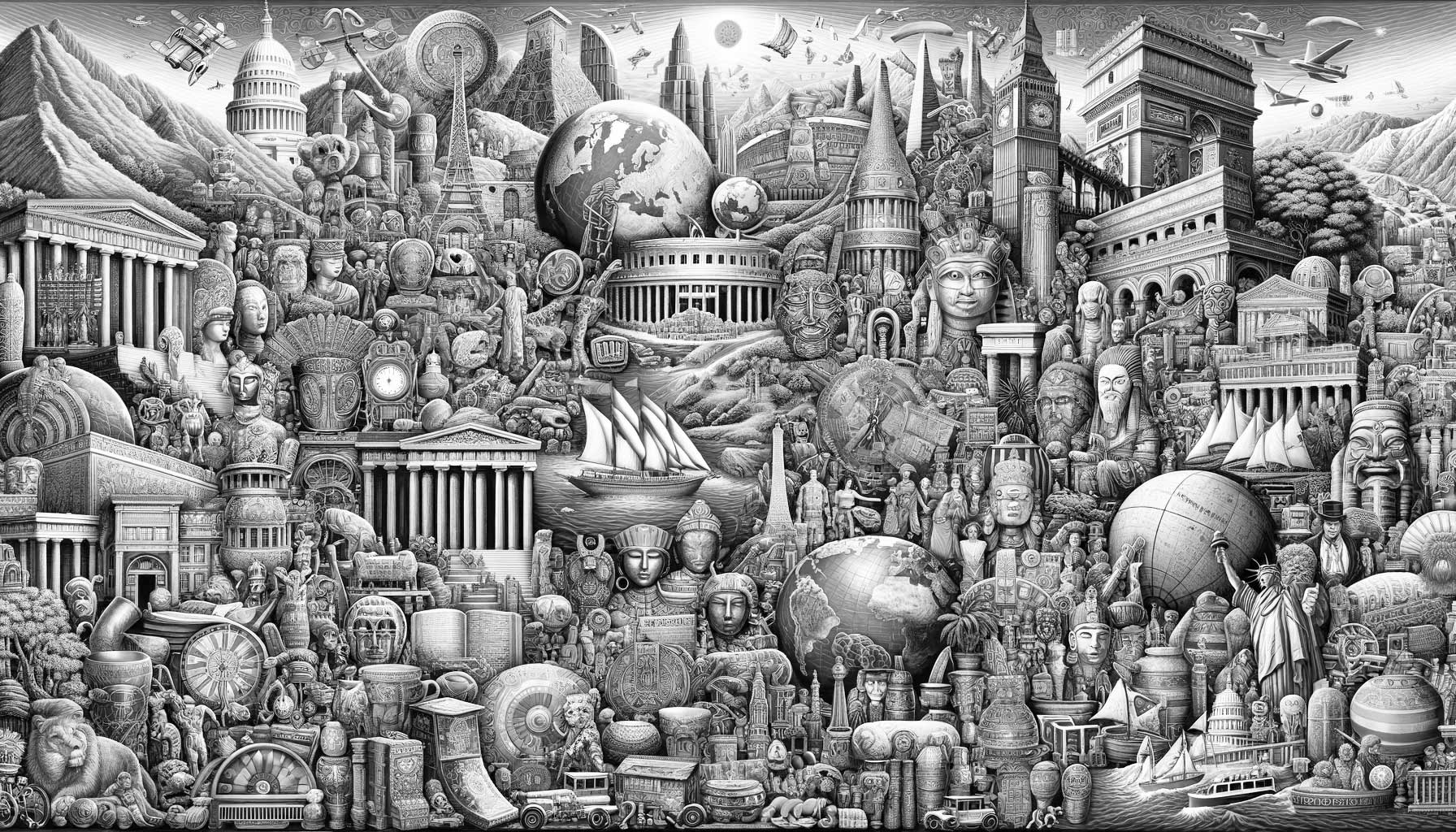Flashback to March 31
World History

On February 24, 1582, Pope Gregory XIII made a major announcement that would have a lasting impact on the way we measure time. He declared the introduction of the New Style calendar, which is now famously known as the Gregorian calendar. This significant event continues to shape our lives today, as we follow this calendar system to mark the passing of days, months, and years.
The Gregorian calendar was introduced as a reform to the previous Julian calendar, which had its shortcomings. The Julian calendar, implemented by Julius Caesar in 45 BCE, had a slight discrepancy in the way it accounted for leap years. Over time, this discrepancy created a misalignment between the calendar and the astronomical equinoxes. As a result, the date of the vernal equinox, which marks the beginning of spring, was slowly drifting.
To rectify this issue, Pope Gregory XIII sought advice from astronomers and mathematicians. With their assistance, he devised a plan to align the calendar with the natural seasons more accurately. In the newly introduced Gregorian calendar, three major changes were made:
1. Leap Year Adjustment: The Julian calendar had a leap year every four years. In the Gregorian calendar, this remained unchanged, except in years that are divisible by 100. However, if a year is divisible by 400, it is still considered a leap year. This adjustment reduced the average length of a year from 365.25 days to 365.2425 days.
2. Calendar Reset: To realign the calendar with the vernal equinox, Pope Gregory XIII proclaimed that October 4, 1582, would be followed by October 15, 1582. This jump of 10 days ensured that the calendar synchronized with the natural rhythm of the earth.
3. Leap Seconds: The Gregorian calendar also introduced the concept of leap seconds to account for the gradual slowing down of the earth’s rotation. These leap seconds are occasionally added to or subtracted from the Coordinated Universal Time (UTC) to adjust for the difference.
The implementation of the Gregorian calendar was not universally accepted immediately, as different countries and regions took varying amounts of time to adopt it. Catholic countries, including Italy, Spain, and Portugal, were quick to adopt the new calendar, while Protestant countries resisted the change due to the association with the Catholic Church. It took several years, and in some cases, centuries, for the Gregorian calendar to be adopted worldwide.
The Gregorian calendar significantly improved the accuracy of timekeeping and provided a consistent framework for organizing events, scheduling appointments, and conducting business. It also had a profound impact on various fields such as astronomy, history, and economics, where precise dates and times are crucial.
Today, the Gregorian calendar is widely used across the globe. It has become the standard system for measuring time, and the majority of countries, including non-Christian nations, have adopted it as their official calendar. The Gregorian calendar has truly stood the test of time and has become an essential tool that governs our everyday lives.
Pope Gregory XIII’s announcement of the New Style (Gregorian) calendar on February 24, 1582, was a pivotal event in human history. It revolutionized the way we keep track of time, bringing much-needed accuracy and consistency to our calendars. The Gregorian calendar remains a testament to the ingenuity of scientists, mathematicians, and astronomers who collaborated centuries ago to create a system that continues to guide us to this day.
We strive for accuracy. If you see something that doesn't look right, click here to contact us!
Sponsored Content

The European Union launches…
The European Union takes…

British parliament accept Irish…
The British parliament officially…

The United Kingdom establishes…
On March 31, 1885,…

Jose Maria Lemus, President…
Jose Maria Lemus, the…

Mineichi Koga, Admiral of…
Discover the historical significance…

The Eiffel Tower is…
On March 31, 1889,…

